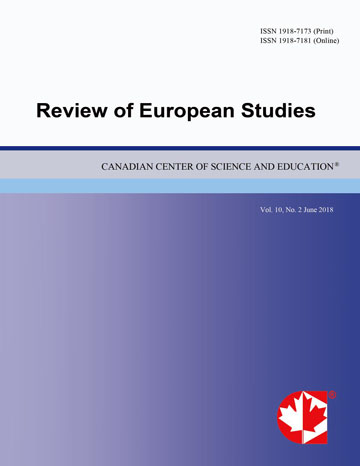Some Approaches to the Calibration of Internal Rating Models
- Olga Stepanovna Rudakova
- Konstantin Ipatyev
Abstract
This article covers the peculiarities of calibration of internal rating models which are the most popular approach to assessing credit risks. The authors address the most common approaches and methods used for rating models calibration, as well as propose their own algorithm for calibration, the main feature of which is taking into account the forecasted probability of default on the portfolio. Research methods include regression analysis, time series analysis (ARIMA models development). Reliability of the proposed approach has been verified on the basis of the portfolio, based on the debt obligations of Russia financial institutions. The advantage of the proposed approach towards determination of the average default probability of credit portfolio is that one gets a tool that allows you to construct a rating model that is “forward looking”, respectively, appear to more quickly adapt to the changing patterns of rating environment.
- Full Text:
 PDF
PDF
- DOI:10.5539/res.v7n10p25
Index
- ACNP
- CNKI Scholar
- DTU Library
- Elektronische Zeitschriftenbibliothek (EZB)
- EuroPub Database
- Excellence in Research for Australia (ERA)
- Genamics JournalSeek
- Google Scholar
- Harvard Library
- HeinOnline
- Infotrieve
- JournalTOCs
- Mir@bel
- Open policy finder
- RePEc
- ResearchGate
- ROAD
- Scilit
- Technische Informationsbibliothek (TIB)
- The Keepers Registry
- Universe Digital Library
- WorldCat
Contact
- Paige DouEditorial Assistant
- res@ccsenet.org
